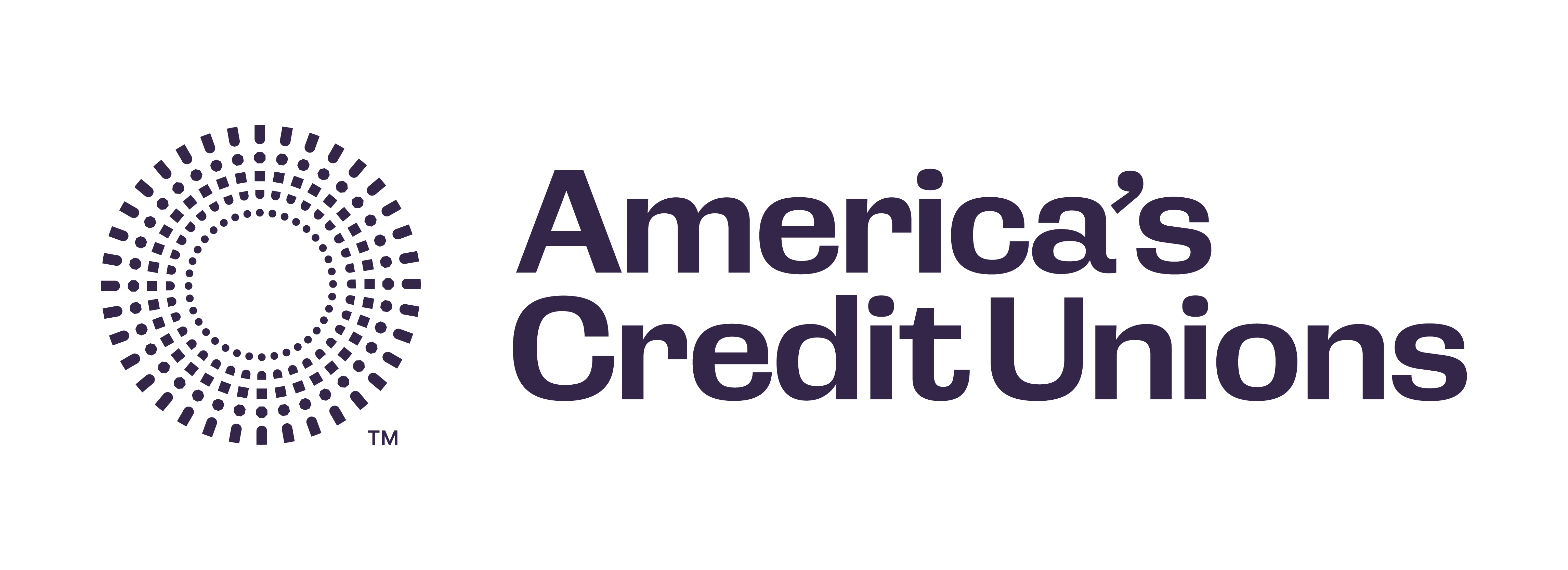Newsroom
Trump again proposes cutting CDFI funding, changes to CFPB
 The Trump administration has released additional details for the president's proposed budget for fiscal year 2020. The proposal shows similarities between previous ones, including bringing the CFPB under the congressional appropriations process, eliminating the Community Development Financial Institutions (CDFI) Fund, increasing government-sponsored enterprises' (GSEs) guarantee fees and reforming the National Flood Insurance Program (NFIP).
The Trump administration has released additional details for the president's proposed budget for fiscal year 2020. The proposal shows similarities between previous ones, including bringing the CFPB under the congressional appropriations process, eliminating the Community Development Financial Institutions (CDFI) Fund, increasing government-sponsored enterprises' (GSEs) guarantee fees and reforming the National Flood Insurance Program (NFIP).
CFPB
The proposed budget seeks to increase the CFPB's accountability by bringing it under the congressional appropriations process by 2021 – a change advocated for by NAFCU. The bureau currently receives its funding through the Federal Reserve. The budget also recommends cutting the bureau's mandatory funding in 2020 by $23 million, with further reductions increasing in subsequent years.
In addition, the budget proposal recommends bringing the Financial Stability Oversight Council's (FSOC) budget under the congressional appropriations process, but would not apply directly to the council's members. FSOC members include the NCUA, CFPB, Federal Housing Finance Agency, Treasury Department, Federal Reserve, Office of the Comptroller of the Currency, Securities and Exchange Commission, FDIC, Commodity Futures Trading Commission, Office of Financial Research and Federal Insurance Office.
CDFI Fund
Similar to Trump's FY2019 and FY2018 budget proposals, he recommends eliminating funding for the CDFI Fund's grant programs, citing that "the CDFI industry has matured." It would provide $14 million for 2020 to cover existing commitments and administration of the CDFI Fund's other programs.
NAFCU recently reiterated to Congress the importance of grants provided to credit unions through the CDFI Fund to better serve low-income members and underbanked communities. Full funding for the CDFI Fund was also included in the government funding package passed in February.
Home Lending
Trump's FY2020 budget proposal would increase the additional fee GSEs charge on their usual guarantee fees from 0.1 percentage point to 0.2 percentage point and extend it through 2024. Although the administration argues that the increased fee "would help to level the playing field for private lenders seeking to compete with the GSEs," NAFCU has fought to maintain low guarantee fees in order to ensure equal access to the secondary mortgage market. By increasing the fee, it is likely to impede some credit unions' access to the secondary market.
The budget would also eliminate the GSEs' allocations to the Housing Trust Fund and Capital Magnet Fund, which provide funding for affordable low-income housing, citing "a greater role for State and local governments and the private sector in addressing affordable housing needs."
In addition, the proposal requests $20 million to modernize the Federal Housing Administration's information technology systems, which will be financed by a "modest new fee on FHA lenders," potentially increasing costs for credit unions and borrowers to make and obtain FHA loans.
NAFCU continues to work with the administration, Congress and other stakeholders to ensure the association's core principles for housing finance reform are part of reform discussions and solutions.
NFIP
The NFIP's Flood Hazard Mapping Program would have its discretionary appropriation reduced by about $163 million under the proposed FY2020 budget. The budget recommendation also suggests ways to increase efficiency in the program, including by "incentivizing increased State and local government investments in updating flood maps to inform land use decisions and reduce risk."
Relatedly, the House Financial Services Committee recently met to discuss reauthorization of the NFIP, and Committee Chairwoman Maxine Waters, D-Calif., has released draft legislation that would reauthorize it for five years and make a number of NAFCU-sought reforms.
The administration Monday also indicated it is changing pricing under the NFIP to take into account the cost to rebuild structures into its rates, as well as other factors.
Small Business Administration (SBA)
The FY2020 budget proposal requests $820 million in new budget authority – which is only about a 17 percent increase from the 2019 estimate – though says it will be "offset by fiscally responsible proposals to provide SBA the flexibility to adjust existing fee structures across its business loan guarantee programs."
The budget also recommends amending the Small Business Act to increase the the loan limit for 7(a) express loans from $350,000 to $1,000,000. NAFCU, commenting on the SBA's recent 7(a) express loan proposal in December, recommended the agency reevaluate the threshold for certain loans requiring a personal resource test.
NAFCU has a Memorandum of Understanding with the SBA aimed at increasing even further credit unions' participation in SBA lending programs. The association met with SBA Administrator Linda McMahon earlier this month to discuss the ongoing partnership.
Share This
Related Resources
Add to Calendar 2024-06-26 14:00:00 2024-06-26 14:00:00 Gallagher Executive Compensation and Benefits Survey About the Webinar The webinar will share trends in executive pay increases, annual bonuses, and nonqualified benefit plans. Learn how to use the data charts as well as make this data actionable in order to improve your retention strategy. You’ll hear directly from the survey project manager on how to maximize the data points to gain a competitive edge in the market. Key findings on: Total compensation by asset size Nonqualified benefit plans Bonus targets and metrics Prerequisites Demographics Board expenses Watch On-Demand Web NAFCU digital@nafcu.org America/New_York public
Gallagher Executive Compensation and Benefits Survey
preferred partner
Gallagher
Webinar
Add to Calendar 2024-06-21 09:00:00 2024-06-21 09:00:00 The Evolving Role of the CISO in Credit Unions Listen On: Key Takeaways: [01:30] Being able to properly implement risk management decisions, especially in the cyber age we live in, is incredibly important so CISOs have a lot of challenges here. [02:27] Having a leader who can really communicate cyber risks and understand how ready that institution is to deal with cyber events is incredibly important. [05:36] We need to be talking about risk openly. We need to be documenting and really understanding what remediating risk looks like and how you do that strategically. [16:38] Governance, risk, compliance, and adherence to regulatory controls are all being looked at much more closely. You are also seeing other technology that is coming into the fold directly responsible for helping CISOs navigate those waters. [18:28] The reaction from the governing bodies is directly related to the needs of the position. They’re trying to help make sure that we are positioned in a way that gets us the most possibility of success, maturing our postures and protecting the institutions. Web NAFCU digital@nafcu.org America/New_York public
The Evolving Role of the CISO in Credit Unions
preferred partner
DefenseStorm
Podcast
AI in Action: Redefining Disaster Preparedness and Financial Security
Strategy
preferred partner
Allied Solutions
Blog Post
Get daily updates.
Subscribe to NAFCU today.
